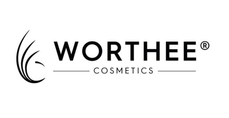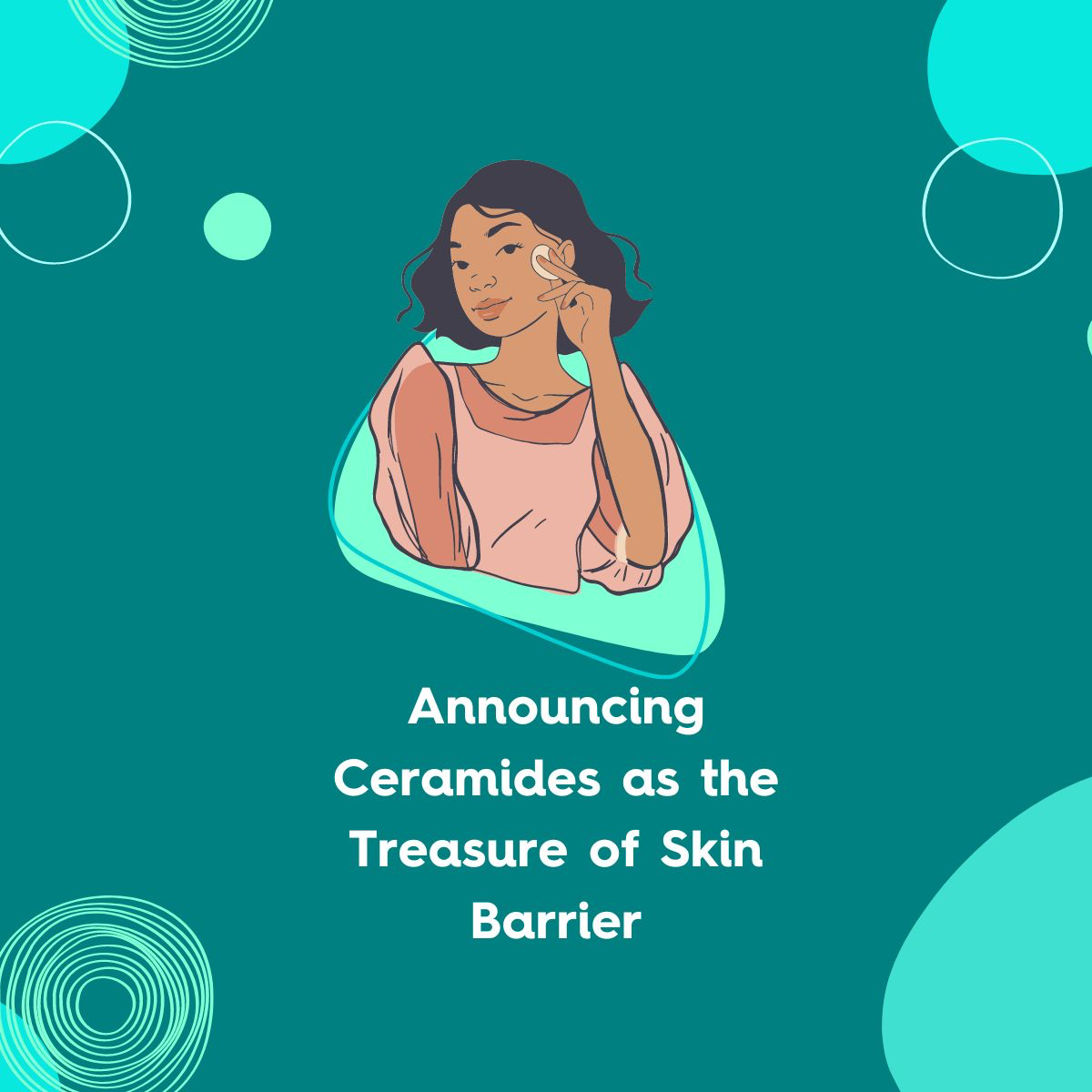What are Ceramides?
The outermost layer of our skin has “brick and mortal” structure called Stratum Corneum. The thickness ofa SC ranges from 10 – 20 μm. You can visualize a half-size thinner than one strand of hair (around 70 μm), yet with weightier importance.

Now, getting back to the brick and mortar structure analogy. In between the 15-20 layers of primary cells called corneocytes (the brick), there exists the intercellular lipids (the mortar). This intercellular lipids consist of 50% Ceramides and 25% cholesterol. Another 15% are filled with free fatty acids that are essential like Linoleic Acid or nonessential like Palmitic or Stearic Acid.
In conclusion, Ceramides are lipids that existed in the intercellular spaces of the stratum corneum.
The Functions of Ceramides
The "mortar”of our skin that consist of Ceramides, together with Cholesterol and Free Fatty Acids works together to form a protective barrier. These trio not only locks in water for longer-lasting moisture but it protect against environmental stressors and defend the skin from irritation.
Just like a strong mortar, it holds together our skin cell (corneocytes). A sufficient amount of mortar creates a strong and healthy foundation of the skin. Ceramide helps to keep our skin intact, healthy and protected from pollutants. However, just like a mortar that gets cracked from multiple external reason, the same goes to our own personal skin mortal. Overuse of skincare actives, harsh cleansers, sun damage, ageing and intense humidity or temperature would disrupt the skin’s healthy level of natural ceramides.
Once the ceramides were affected, it interrupts the barrier of our skin. Hence, the signs of dehydration such as dryness, roughness, itchiness and rashes would start to reveal themselves.

Different types of Ceramides
Fortunately, the loss of ceramide can be easily helps as it could be supplied through skincare, a substance named sphingosine is used. This chain of carbon atoms with an amino acid has different forms that bind themselves to other fatty acids to form ceramides.

The types of Ceramides made are dependent on which specific base or fatty acid are combined. Regardless of the types in the INCI, Ceramides are Ceramides. Current research is not convergent enough to pinpoint which type is better than another for the skin.
3:1:1 Equimolar Ratio of Ceramides, Cholesterol and Fatty Acids
Compared to using Ceramides alone, studies agreed that formulations combining Cholesterol and free fatty acids yield better results. Even better, multiple research points to the molar ratio of 3:1:1 for any of the three components as the gold standard.

Research in 1992 demonstrated that there was a separate requirement for barrier homeostasis among the three lipids element. Yet, the applications of any or two of these lipids on damaged skin may hinder rather than aid the rates of the skin barrier. In contrast, when these best friends were supplied together, normal rates of barrier repair occurred.
One thing that you should know, the molar ratio is not equal to the weight ratio. The pioneering research uses 1.6% of the total lipid mixture at the final molar ratio 3:1:1 (Ceramides: Cholesterol: fatty acids) to evidence barrier recovery in disrupted skin. The keyword here is “molar”.

Why do you need to be alert on the 3:1:1 Molar Ratio of Ceramides, Cholesterol and Fatty Acids?
The hidden in this skincare world is that most Ceramides products contain this ingredient at merely a few tenths of a percent. Many brands claim that they had been applying the 3:1:1 ratio, but they never mention the concentration of Ceramides in their formulations. 0.001% of Ceramides, even at a 3:1:1 ratio, will not work on barrier recovery. It is included only for marketing purposes to lure you into spending extra money on it.
Ceramides with Worthee
You need to find a product that would be transparent to you. A brand that would honestly tell you about both concentration of Ceramides and the 3:1:1 Molar Ratio. Fret not, Worthee is eager to remain truthful and will keep introducing the best Ceramide products for you.
Minimalist Ceramides 0.3% + Madecassoside makes a great pair in rebuilding the skin’s natural barriers all the way underneath the dermis layer. Following the gold standard of Molar Ratio, this product is proven to accelerate skin barrier recovery. Not only that, this super moisturizer is full of Aquaporin boosting ingredients, along with Aminobutyric Acid (GABA) which is well-known to provide intense skin hydration. Complemented with a 0.3% active concentration of 5 skin essential ceramides along with Ursolic Acid for repairing damaged skin barriers. This fast-absorbing gel cream is perfect for oily or combination skin.
Minimalist Ceramides 0.3% + Bisabolol The combination of Ceramide together with Bisabolol makes a great pair in rebuilding the skin’s natural barriers all the way underneath the dermis layer. Also formulated with Ceramide:Cholesterol: Fatty Acid in the ratio of 3:1:1, it is proven to accelerate skin barrier recovery. This super moisturizer is full of Aquaporin boosting ingredients, along with Saccharide Isomerate and Betaine which are well-known to provide intense skin hydration. Not only that but it is also complemented with a 0.3% active concentration of 5 skin essential ceramides along with Ursolic Acid for repairing the damaged skin barrier. This ultra-moisturizing and nourishing cream is suitable for dry skin and moisturizes from within.
References








